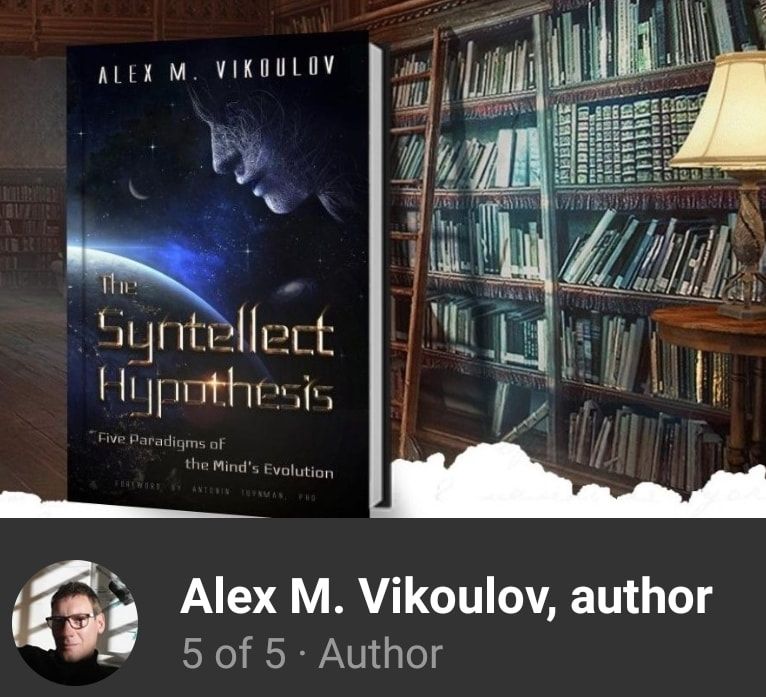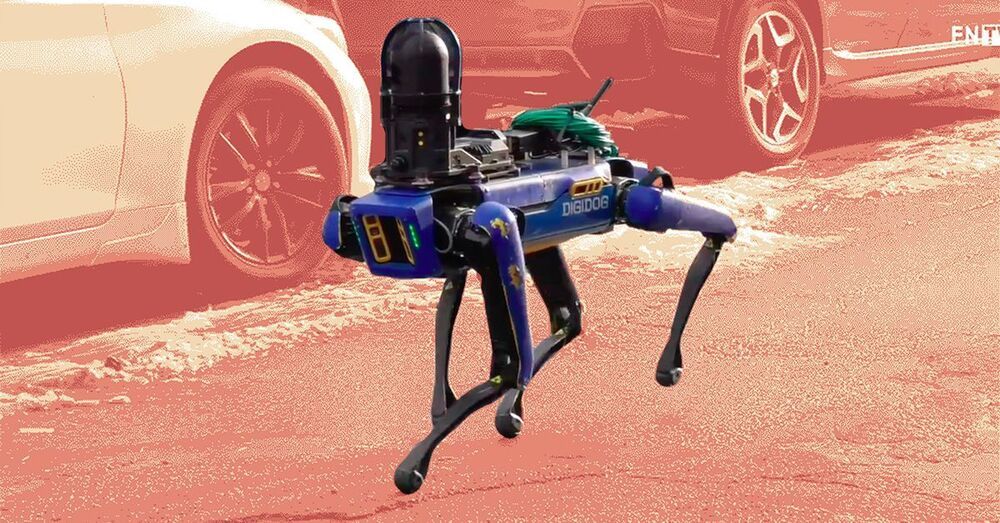A federal judge late Tuesday cleared the way for California to begin enforcing a net neutrality law opposed by US telecom titans.


This is a detailed summary of plasma dilution and at 58:38 the future is explained where they will publish human results from 25 people, then start a company whose first order of business will be phase 3 trials with more people and placebo and hopefully funding. It appears you can pay to have the procedure. The hopeful start is this year in may.
Irina will present her recent findings on plasma dilution, showing that age-reversing effects, such as rejuvenating tissues in mice, can be achieved by.
diluting the blood plasma of old mice: Rejuvenation of three germ layers tissues by exchanging old blood plasma with saline-albumin.
Irina’s research focus.
A key direction of my laboratory is to understand age-imposed and pathological changes in molecular compositions of systemic and local environments of adult stem cells and to calibrate these to health — youth. In the past few years this direction has been ramified into synthetic biology, CRISPR technologies, bio-orthogonal proteomics and development of innovative digital bio-sensors that we collaboratively applied to the fields of aging and diagnostics of genetic diseases. Success in this research will improve our understanding of the determinants of homeostatic health and will enable novel rational approaches to treat a number of degenerative, fibrotic, metabolic and inflammatory diseases, as a class.
Zoom Transcription:
https://otter.ai/u/yhmNLEM7V52oOfW93lUfDWqL_uw

Join us for Dr. Matt Kaeberlein’s presentation. He is the Founding Director of the UW Healthy Aging and Longevity Research Institute, and founder and co-Director of the Dog Aging Project and a Professor of Laboratory Medicine and Pathology at the University of Washington (UW) School of Medicine, with Adjunct appointments in Genome Sciences and Oral Health Sciences. Dr. Kaeberlein’s research interests are focused on biological mechanisms of aging in order to facilitate translational interventions that promote healthspan and improve quality of life.
“Our task is to make nature, the blind force of nature, into an instrument of universal resuscitation and to become a union of immortal beings.“
- Nikolai F. Fedorov.
We hold faith in the technologies & discoveries of humanity to END AGING and Defeat involuntary Death within our lifetime.
Working to Save Lives with Age Reversal Education.
========== Perpetual Life Creed ==========
We believe that all of life is sacred and that we have been given this one life to make unlimited. We believe in our Creator’s divine plan for all of humanity to have infinite lifespans in perfect health and eternal joy, rendering death to be optional.

Now cosmology inches towards the next paradigm shift: One of the most mind-boggling discoveries of modernity is that the fabric of spacetime is emergent from something beneath it. “[O]ne new theory says that Dark Matter may be ordinary matter in a parallel universe. If a galaxy is hovering above in another dimension, we would not be able to see it. It would be invisible, yet we would feel its gravity. Hence, it might explain Dark Matter,” in the words of Michio Kaku as an opening quote to this article. #DarkMatter #DarkEnergy #QuantumGravity #ComputationalPhysics #MTheory #DTheoryofTime #OmegaSingularity #pancomputationalism #multiverse #ontology
Dark Matter could be ordinary matter in the “probabilistic space” and “phase space” (5th and 6th dimensions of M-theory), possibly with “dark star systems” and life, imperceptible to us at our current level of development. In turn, Dark Energy could be a.



British start-up company Gravitricity has developed a system to store excess energy by using the power of gravity.
If you like this video — put Thumb Up button (please) and.
Okay, okay. I got to go… See You Soooooooooooooooon dudes wink